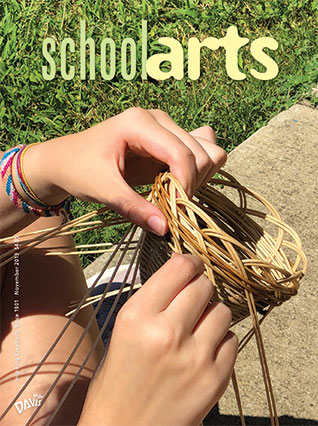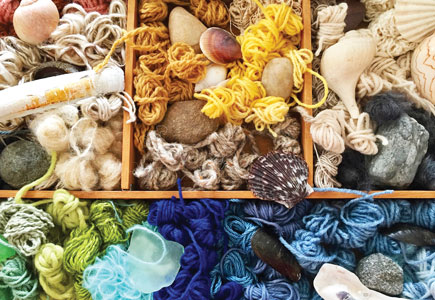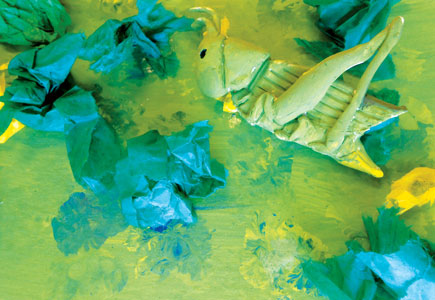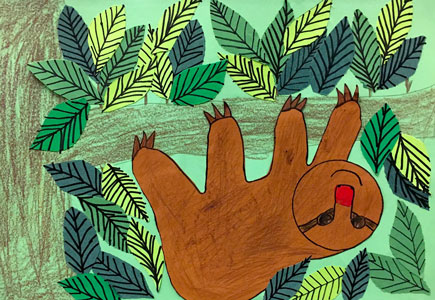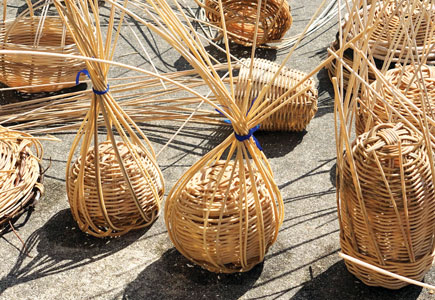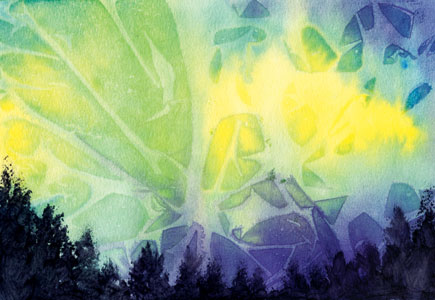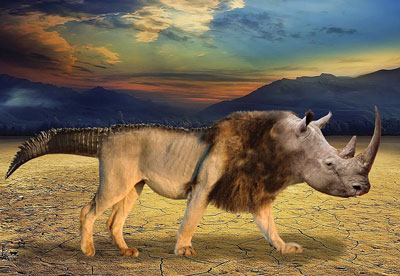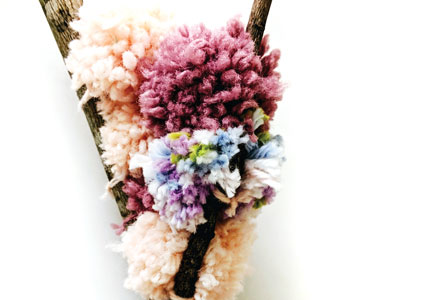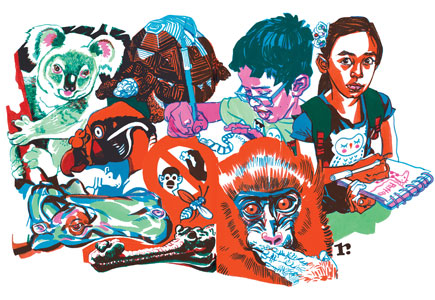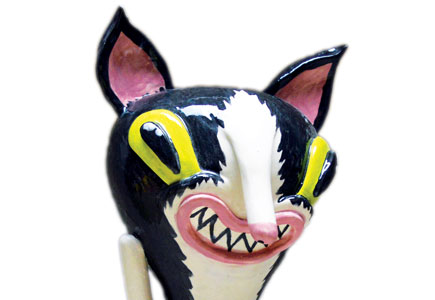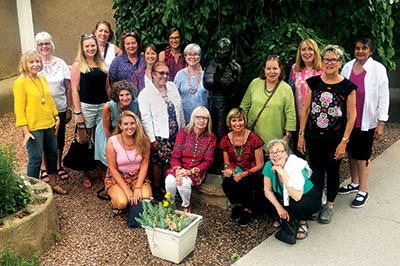
Editor's Letter: The Natural World
For the past eight summers, CRIZMAC president Stevie Mack and I have been leading a cultural seminar we call Tres Culturas: Exploring the Artistic Spirit of Santa Fe and Taos. A highlight of this experience is always a visit to Georgia O’Keeffe’s house in Abiquiu, New Mexico. Her first house was about fifteen miles north at Ghost Ranch, at one time a dude ranch and now a conference center.
Read Article
